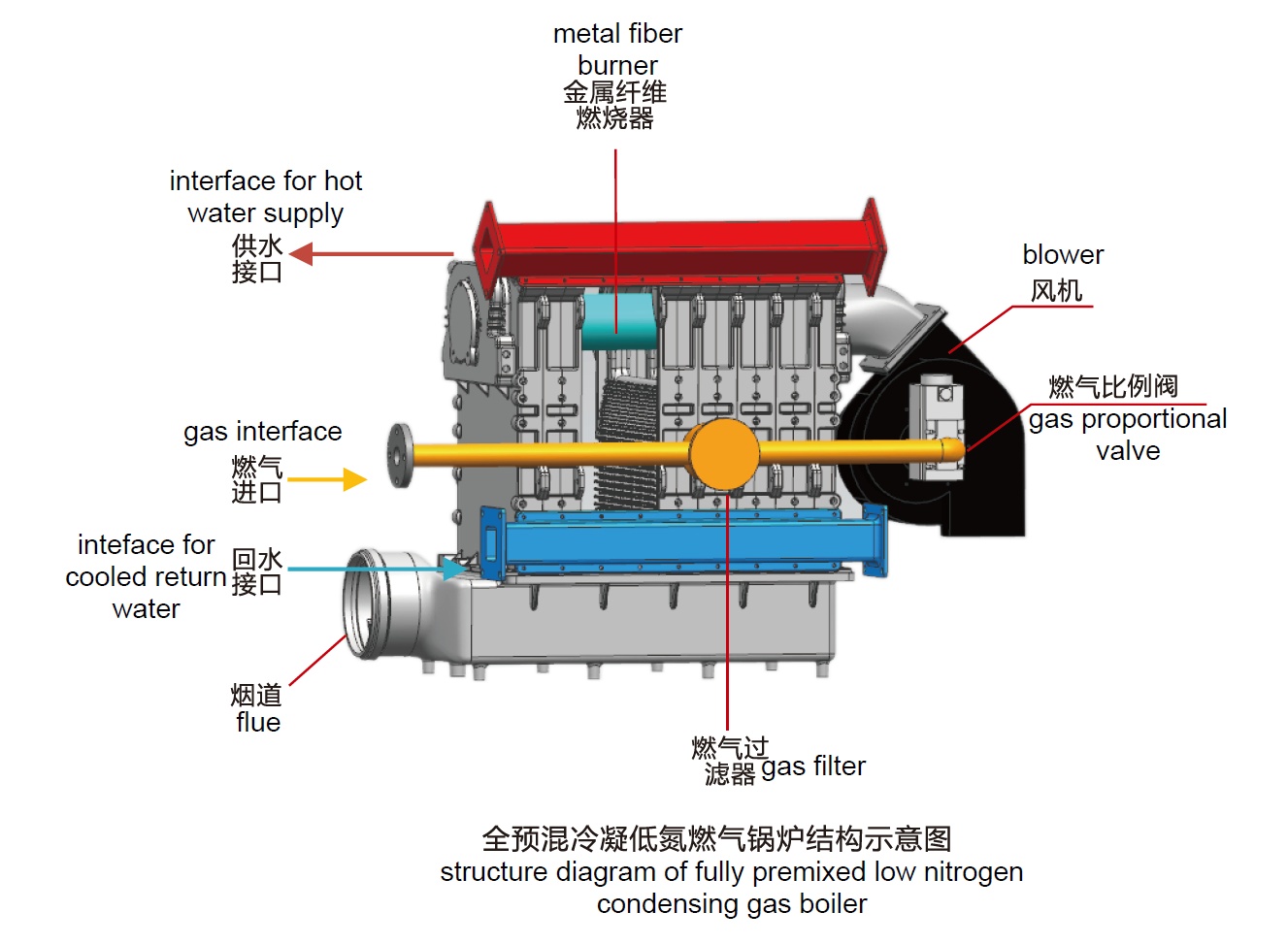- Afrikaans
- Albanian
- Amharic
- Arabic
- Armenian
- Azerbaijani
- Basque
- Belarusian
- Bengali
- Bosnian
- Bulgarian
- Catalan
- Cebuano
- China
- China (Taiwan)
- Corsican
- Croatian
- Czech
- Danish
- Dutch
- English
- Esperanto
- Estonian
- Finnish
- French
- Frisian
- Galician
- Georgian
- German
- Greek
- Gujarati
- Haitian Creole
- hausa
- hawaiian
- Hebrew
- Hindi
- Miao
- Hungarian
- Icelandic
- igbo
- Indonesian
- irish
- Italian
- Japanese
- Javanese
- Kannada
- kazakh
- Khmer
- Rwandese
- Korean
- Kurdish
- Kyrgyz
- Lao
- Latin
- Latvian
- Lithuanian
- Luxembourgish
- Macedonian
- Malgashi
- Malay
- Malayalam
- Maltese
- Maori
- Marathi
- Mongolian
- Myanmar
- Nepali
- Norwegian
- Norwegian
- Occitan
- Pashto
- Persian
- Polish
- Portuguese
- Punjabi
- Romanian
- Russian
- Samoan
- Scottish Gaelic
- Serbian
- Sesotho
- Shona
- Sindhi
- Sinhala
- Slovak
- Slovenian
- Somali
- Spanish
- Sundanese
- Swahili
- Swedish
- Tagalog
- Tajik
- Tamil
- Tatar
- Telugu
- Thai
- Turkish
- Turkmen
- Ukrainian
- Urdu
- Uighur
- Uzbek
- Vietnamese
- Welsh
- Bantu
- Yiddish
- Yoruba
- Zulu
Nov . 30, 2024 17:56 Back to list
Ductile Iron Cement Pipe Mould Pallet Solutions for Efficient Construction and Manufacturing
Understanding Ductile Iron Cement Pipe Mould Pallets
In the modern construction and infrastructure industry, the significance of reliable and durable materials cannot be overstated. Among the essential components utilized in piping systems, ductile iron cement pipes stand out due to their unique properties and versatility. These pipes are produced using a specialized moulding process, which introduces the concept of mould pallets. This article explores the characteristics of ductile iron cement pipes, the manufacturing process involving mould pallets, and the benefits of using this combination in construction.
What is Ductile Iron?
Ductile iron, also known as ductile cast iron or spheroidal graphite iron, is an alloy consisting mainly of iron, carbon, and silicon. Its distinct microstructure grants it exceptional mechanical properties, including high tensile strength, ductility, and toughness. This makes ductile iron an ideal material for manufacturing pipes intended to withstand high pressures and adverse environmental conditions. Compared to traditional cast iron, ductile iron effectively resists cracking and is less prone to failure under stress, making it the preferred choice for many infrastructure applications.
The Role of Cement Coating
Cement coating is another critical aspect of ductile iron pipes. Applied to the interior surface of the pipes, this layer acts as protection against corrosion, extending the lifespan of the pipes significantly. Concrete and cement provide a barrier that prevents corrosive elements in the surrounding soil or water from degrading the iron. Additionally, the smooth surface of the cement coating enhances flow efficiency, which is essential in water and sewage transportation systems.
Moulds and Pallets in Pipe Production
The manufacturing process of ductile iron cement pipes involves several key steps, including melting the raw materials, casting the molten metal into moulds, and curing to achieve the desired strength. Moulds made of robust materials are essential for shaping the pipes. Mould pallets, in particular, are specialized platforms used in this casting process. They provide the necessary support and alignment for the moulds, ensuring that the pipes are formed accurately and uniformly.
Mould pallets are typically made from strong materials like steel or reinforced fibreglass to handle the weight of the molten iron and the pressure during casting. The design of the pallets influences not only the efficiency of the manufacturing process but also the quality of the final product. Properly designed mould pallets help to minimize defects in the pipes, such as air pockets and inconsistencies in thickness, which could compromise their integrity.
ductile iron cement pipe mould pallet

Benefits of Ductile Iron Cement Pipe Mould Pallets
The effective use of mould pallets in the production of ductile iron cement pipes offers numerous advantages
1. Increased Efficiency Mould pallets streamline the casting process, allowing for quicker production cycles. This efficiency is critical for meeting large-scale construction demands.
2. Quality Assurance With accurate mould alignment and support, the risk of defects is reduced, resulting in higher quality pipes. Consistency in pipe dimensions leads to better performance in installation and long-term use.
3. Enhanced Longevity The combination of ductile iron and a cement coating, aided by robust mould pallets during production, yields pipes that are durable and resistant to wear and tear, ensuring they can withstand various environmental challenges over time.
4. Cost Effectiveness Although the initial investment in high-quality mould pallets may be significant, the long-term savings associated with reduced maintenance and replacement costs make them a wise investment.
5. Environmental Resistance Ductile iron pipes with cement coating provide superior resistance to both chemical and physical stressors, making them suitable for both urban and rural infrastructure projects.
Conclusion
Ductile iron cement pipes, produced with the aid of advanced mould pallets, represent a critical innovation in the construction industry. Their unique properties facilitate the development of highly durable piping solutions that can confidently serve in various environments, from municipal water systems to industrial applications. As the demand for quality infrastructure continues to rise, the combination of ductile iron and efficient moulding practices will play a pivotal role in addressing future challenges in piping technology. This synergy not only ensures reliable performance but also embodies the ongoing advancement within construction material science.
-
8mm Thin-Walled Cast Steel Manhole Cover Pallet Bottom Ring | Durable
NewsAug.04,2025
-
Premium Cast Iron Water Main Pipe: Durable, Corrosion-Resistant
NewsAug.03,2025
-
Durable Cast Iron Water Mains | AI-Optimized Systems
NewsAug.02,2025
-
High-Efficiency Propane Boiler for Baseboard Heat | Save Energy
NewsAug.01,2025
-
Premium Source Suppliers for Various Gray Iron Castings
NewsJul.31,2025
-
Durable Cast Iron Water Main Pipes | Long-Lasting
NewsJul.31,2025


